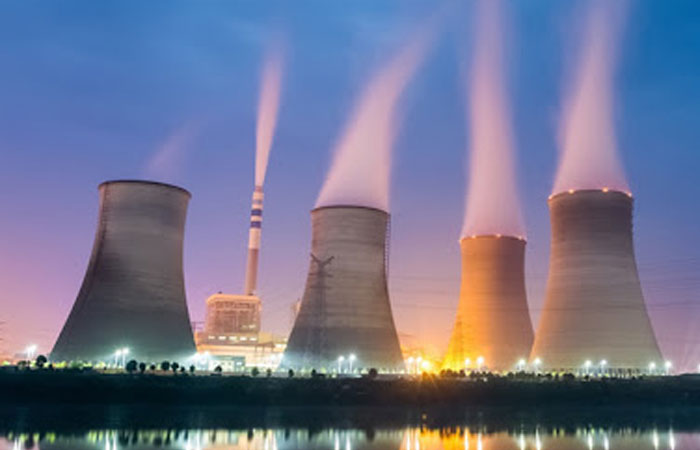
Power
The power industry is one of the largest consumers of water, for all its operations, boiler feed, cooling towers, scrubbers, etc. Improved water quality and low water loss are prerequisites for operational excellence and environmental conservation.

Oil & Gas
The oil and gas industry relies heavily on freshwater for its operations. A challenge facing the industry is to reduce freshwater use per barrel of oil or natural gas produced, called water use intensity. The majority of the water used by the industry can be recycled and reused multiple times, thereby reducing the demand for fresh water from natural sources.
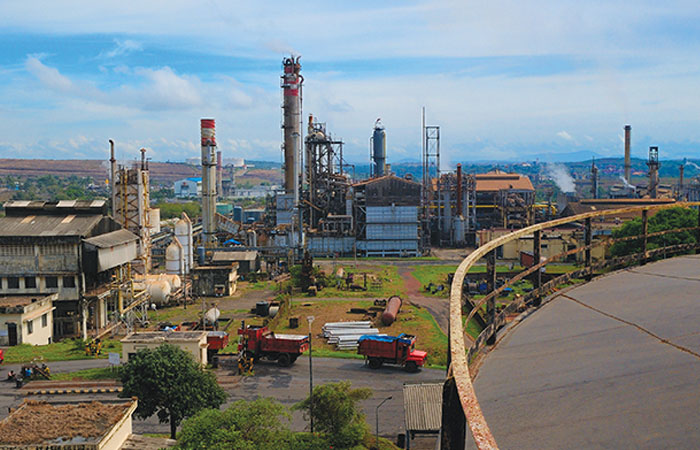
Chemical and Fertilisers
Water contributes to almost every part of the manufacturing process in the chemical and fertilizer manufacturing industry. The chemical and fertilizer manufacturing industry has recorded the maximum water consumption trend amongst other manufacturing sectors, and treatment of wastewater generated has the highest complexity and criticality.
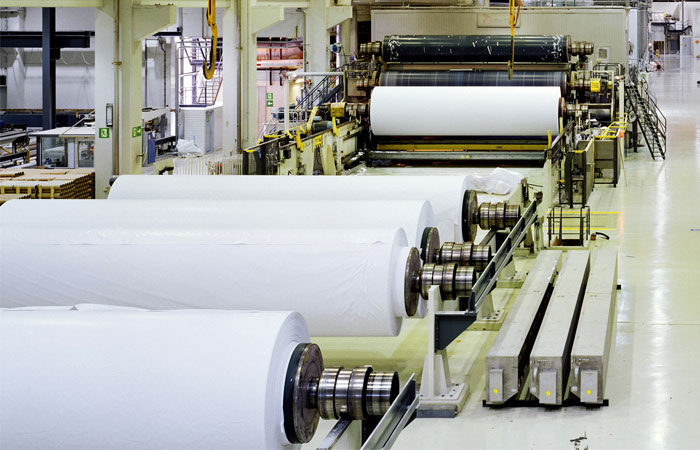
Pulp and Paper
The industry is attempting to achieve this at a conservative cost, which can make a water-reduction strategy all the more challenging. Mandated wastewater disposal regulations are increasingly stringent, requiring zero discharge and treatment of wastewater.

Automobiles and Ancillaries
Major water uses in the automotive manufacturing industry include surface treatment and coating, paint spray booths, washing, rinsing, hosing, cooling, air-conditioning systems, and boilers. The component manufacturing segment has its own list of water-intensive processes.

Commercial and Institutional
The segment's dependency on access to fresh water, which is in short supply the world over, has encouraged them to recycle wastewater and sewage generated within their facilities.
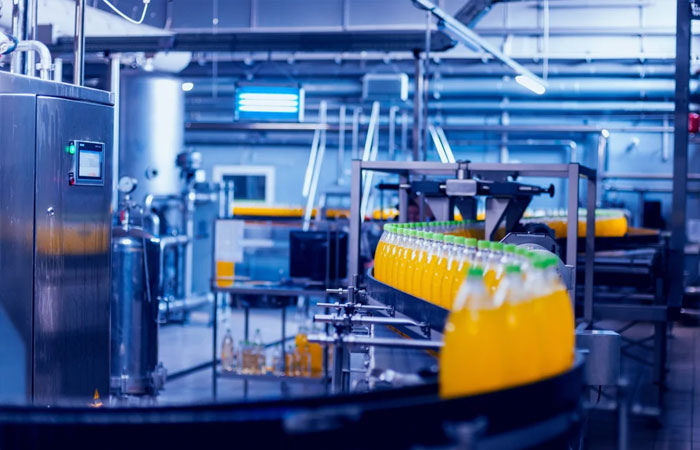
Food and Beverages
The food and beverage industry is becoming ever more demanding from their water & wastewater treatment plants in terms of Safety, Quality, Economy, and Environmental impacts. Water needs to be treated to ensure quality doesn’t affect the production process. Once used, all water leaving the plant must be treated to meet discharge limits set by environmental regulators.

Pharmaceuticals
The pharmaceutical industry’s waste streams can be highly complex and because of the broad differences in materials, processes and source waters used in chemical manufacturing, the resulting wastewaters can exhibit a considerable amount of variation in terms of volume, quality, and composition.
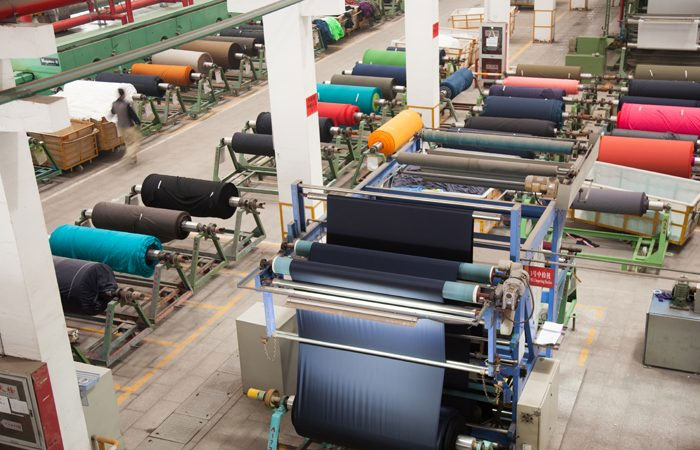
Textile
The textile industry is the oldest, most diverse sector in the manufacturing world. It is dependent on water in all steps of manufacturing–de-sizing, bleaching, dyeing, neutralizing, scouring, mercerizing, printing, and finishing. A larger problem, however, is the resulting water pollution caused by dyes, specialty chemicals, and finishing chemicals that are applied to fabrics in water baths. Stringent regulations today require that textile producers approach zero liquid discharge (ZLD).
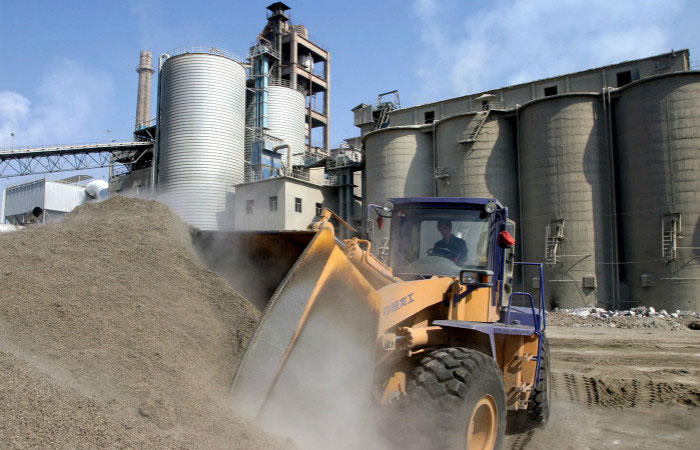
Cement
While cement manufacturing is largely a dry process, the cement industry is still dependent on water for maximizing the performance of utility systems such as oil cooling, compressor intercooler cooling, and steam generation. Water is required for cooling heavy equipment and exhaust gases, in emission control systems such as wet scrubbers, as well as for preparing slurry in wet process kilns.
- Design & Develop By : Vision Art Infotech
